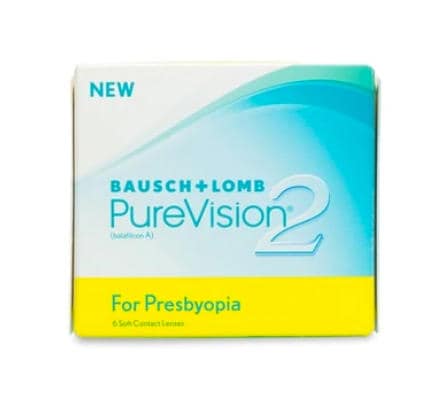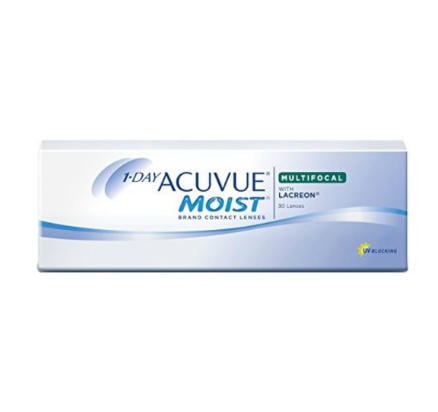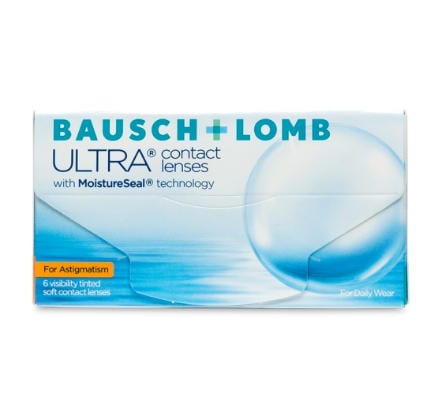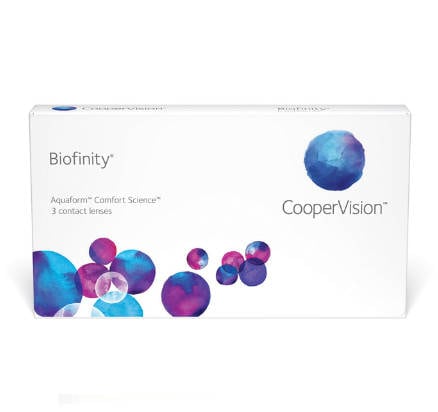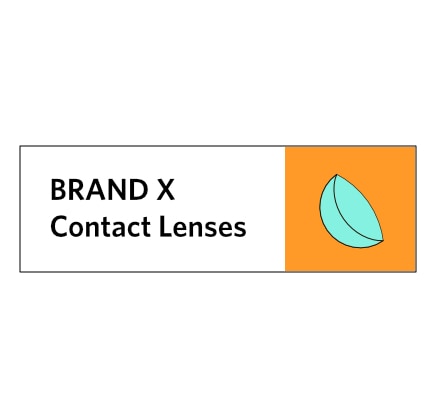Description
PureVision2 For Presbyopia contact lenses provide clarity where it counts – in the real world.
PureVision2 For Presbyopia (balafilcon A) Visibility Tinted Contact Lens is indicated for daily wear or extended wear from 1 to 30 days* between removals, for cleaning and disinfection or disposal of the lens, as recommended by the eye care professional. The lens is indicated for the correction of refractive ametropia (myopia, hyperopia, and astigmatism) and presbyopia in aphakic and/or not-aphakic persons with non-diseased eyes, exhibiting astigmatism of up to 2.00 diopters, that does not interfere with visual acuity. The lens may be prescribed for Frequent / Planned Replacement Wear or Disposable Wear when prescribed for up to 30 days of extended wear.
Key Features & Benefits
- 3-Zone Progressive Design – Designed to provide clear near and intermediate vision while continuing to provide excellent distance vision.1
- Accurate Power at Every Power – Designed for a predictable fit from the start with more consistent Add across the power range.1
- Designed for comfort – all new, thin, rounded edge allows for smooth transition from conjunctiva tissue to the lens surface
- Thin, rounded edge design, thin overall lens design
- Approved for extended wear up to 30 days*
Patient Information Booklet
Package Insert / Fitting Guide
*PureVision2 for Presbyopia contact lenses are indicated for daily wear or extended wear of up to thirty days. As with any contact lens, problems can result in serious injury to the eye, including loss of vision, and clinical studies have shown that the risk of serious adverse reactions is increased when lenses are worn overnight. It is essential that patients follow the eye care practitioner’s direction and all labelling instructions for proper use of lenses and lens care products. Consult the package insert for complete information.
1Analysis based on use of a Hartmann-Shack wavefront sensing instrument to map lens power across contact lenses. More than 6000 unique measurements over the central 6mm of a contact lens were plotted to determine local power measurement as a function of radial distance from the center of the lens.
